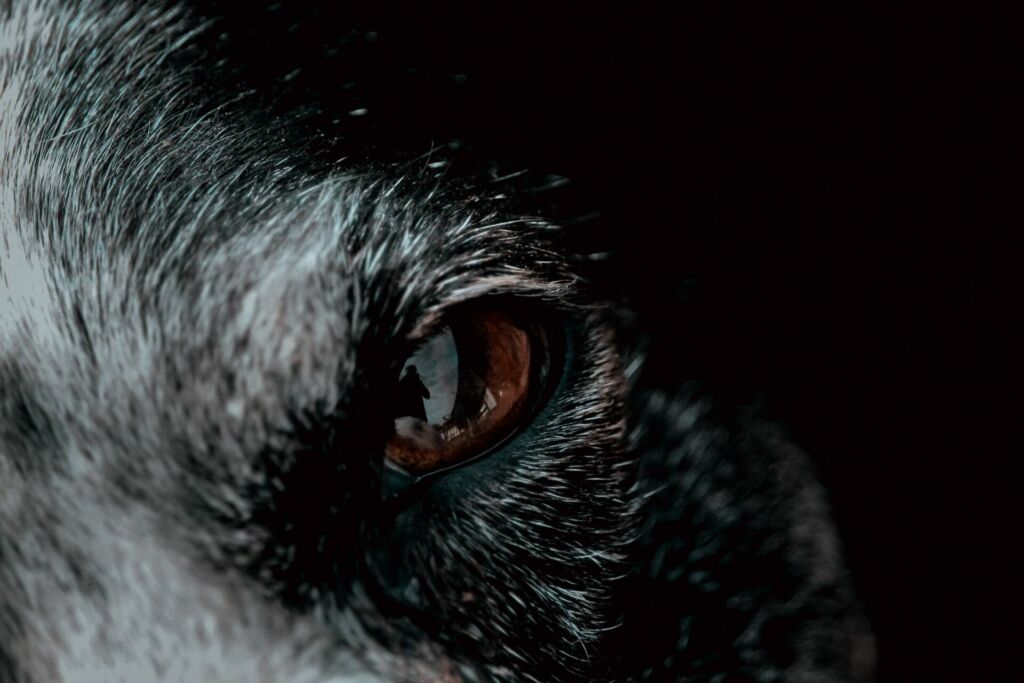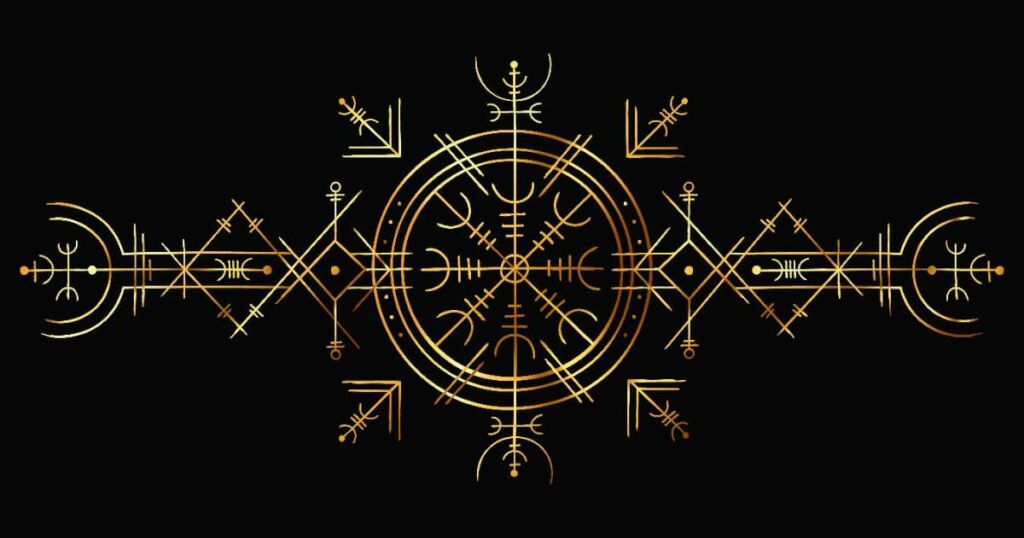Introduction to the Celtic Wolf:
The Celtic wolf is a symbol with a rich and fascinating history that dates back to ancient times. The Celts, an Iron Age people who lived in Europe from around the 8th century BCE, held the wolf in high esteem and incorporated it into their beliefs, legends, and symbols. In this blog post, we will delve into the history and origins of the Celtic wolf and explore its significance in Celtic culture.
The Significance of the Wolf in Celtic Culture:
The Celts were a tribe of people who lived in Europe before the Roman Empire. They were known for their love of nature and their strong connection to the land. The wolf was a powerful symbol of strength, courage, and loyalty to the Celts, and they incorporated it into many aspects of their culture. The Celts believed that the wolf was a sacred animal, and they revered it as a symbol of power, protection, and wisdom.
The Mythical Wolf-God Cernunnos:
One of the most famous stories about the Celtic wolf is the story of the mythical wolf-god Cernunnos. Cernunnos was the god of the forest and the wild, and he was often depicted as a man with the head of a wolf. He was considered to be a powerful and benevolent deity, and the Celts believed that he could bring good luck and prosperity to those who honored him.
The Fierce Warrior Lugh and His Connection to the Wolf:
Another important figure in Celtic mythology was the wolf-warrior, Lugh. Lugh was a legendary hero who was said to have the power to turn into a wolf. He was a fierce warrior who was respected for his bravery and cunning, and the Celts believed that he was protected by the spirit of the wolf. This connection between Lugh and the wolf only served to reinforce the importance of the wolf in Celtic culture.
The Celtic Wolf in Art and Literature:
Throughout the centuries, the Celtic wolf has been depicted in a variety of art forms, from sculptures and carvings to illuminated manuscripts and stained glass windows. It was a popular subject for Celtic artists, who used its powerful image to convey a range of emotions and themes, from strength and courage to protection and wisdom.
The Celtic wolf also played a significant role in Celtic literature, appearing in a number of myths, legends, and stories. In these tales, the wolf was often portrayed as a noble and wise creature, capable of providing guidance and protection to those in need.
The Legacy of the Celtic Wolf Today:
The legacy of the Celtic wolf continues to this day, with its image appearing in a variety of forms, from tattoos and jewelry to clothing and home decor. For many people, the wolf is a symbol of their Celtic heritage, and a reminder of the rich history and culture of the Celts. Whether it is admired for its beauty, revered for its spiritual significance, or simply appreciated for its cultural heritage, the Celtic wolf remains an important and enduring symbol of the Celtic people.



